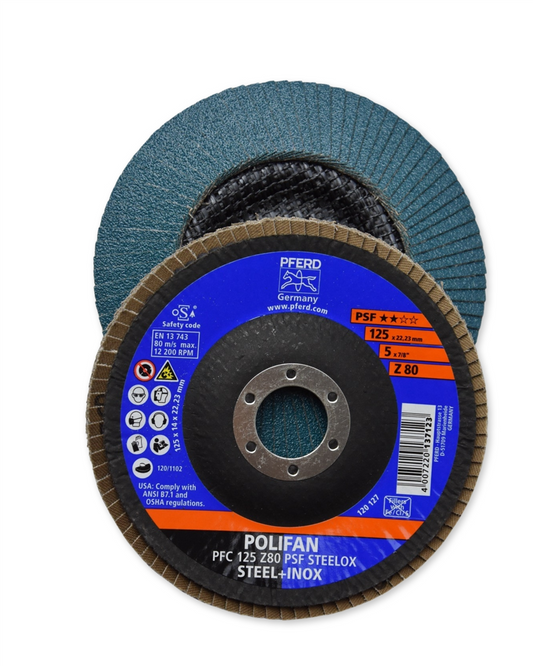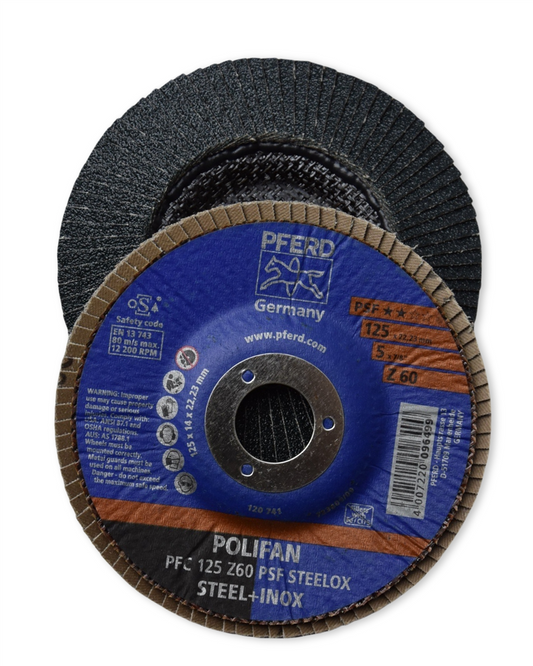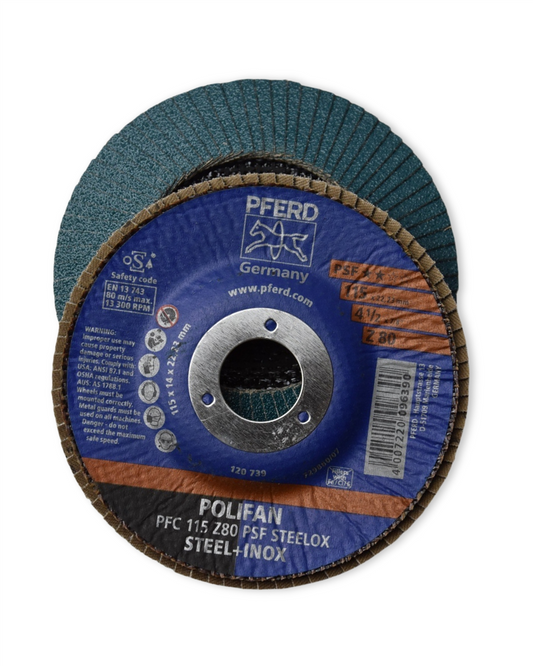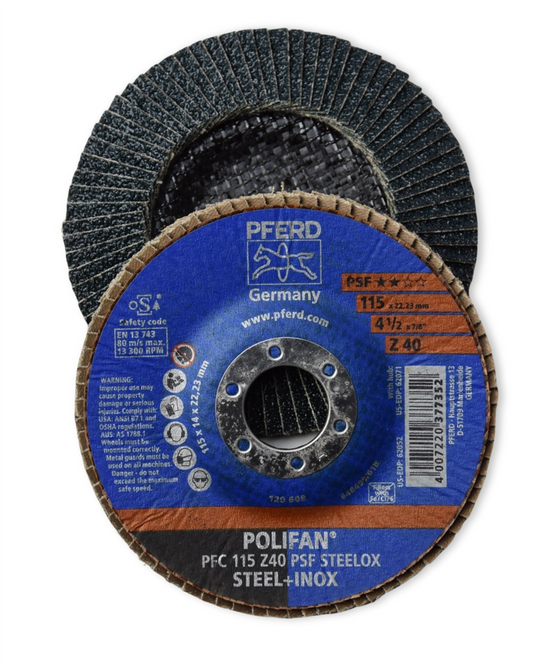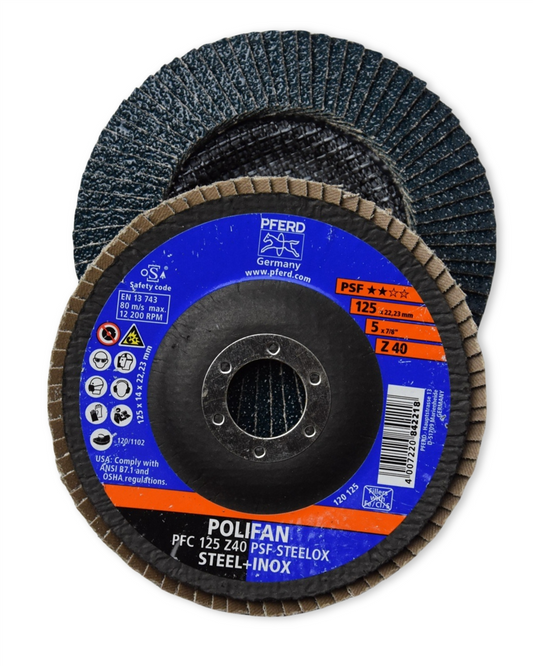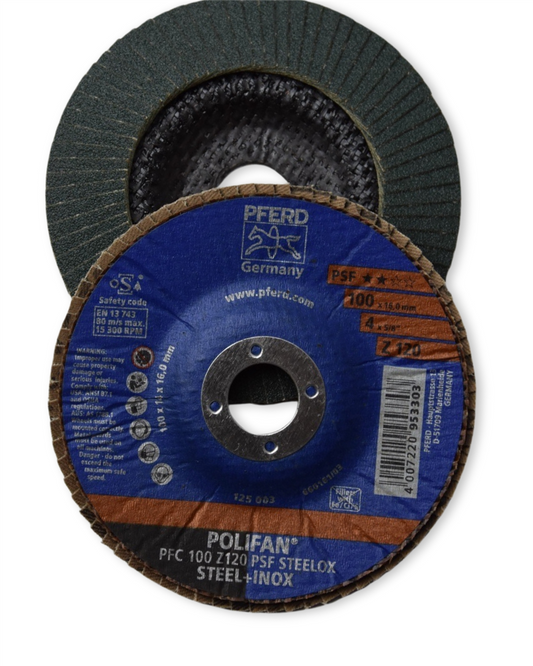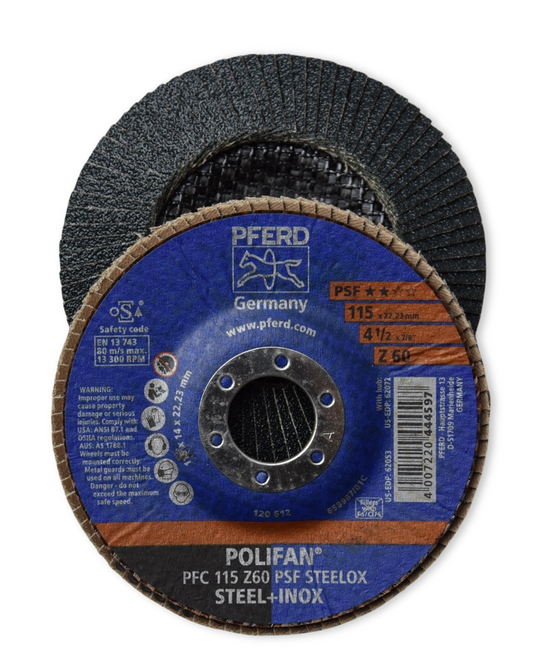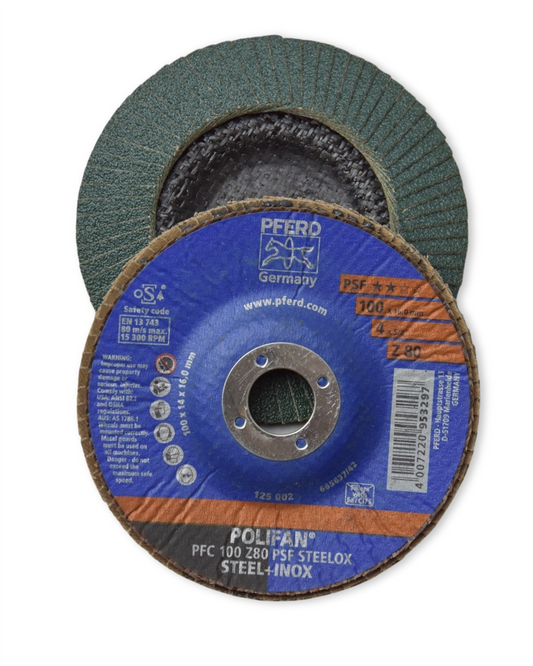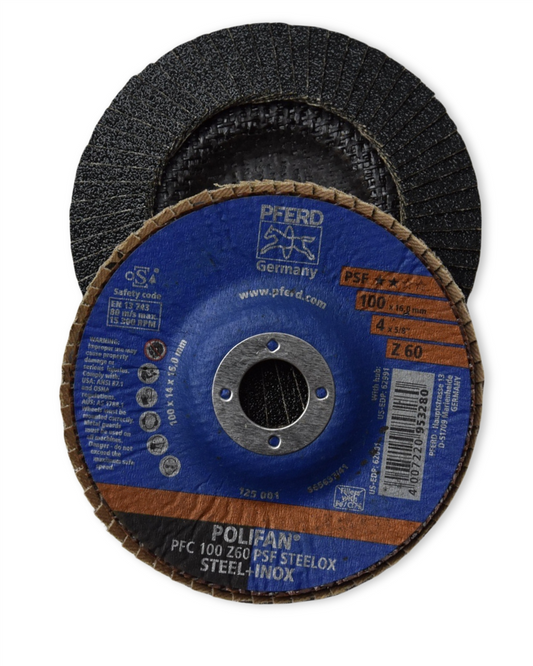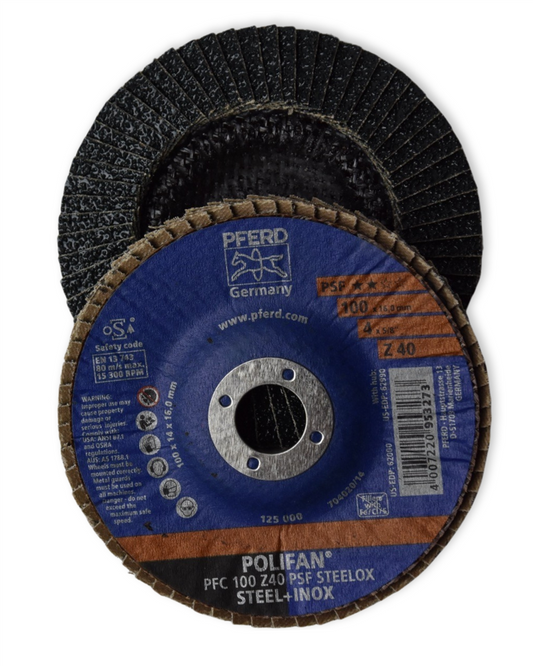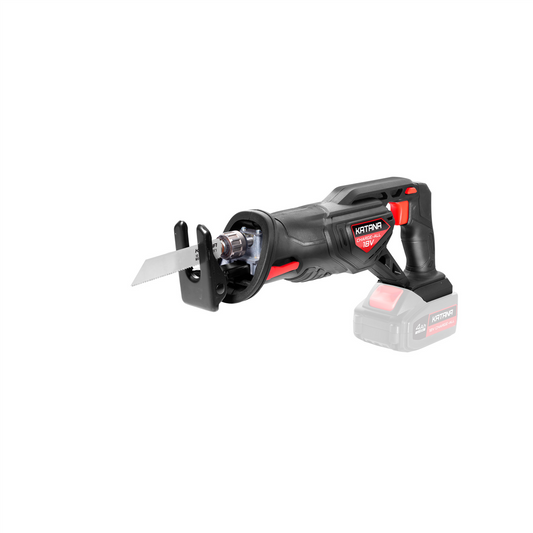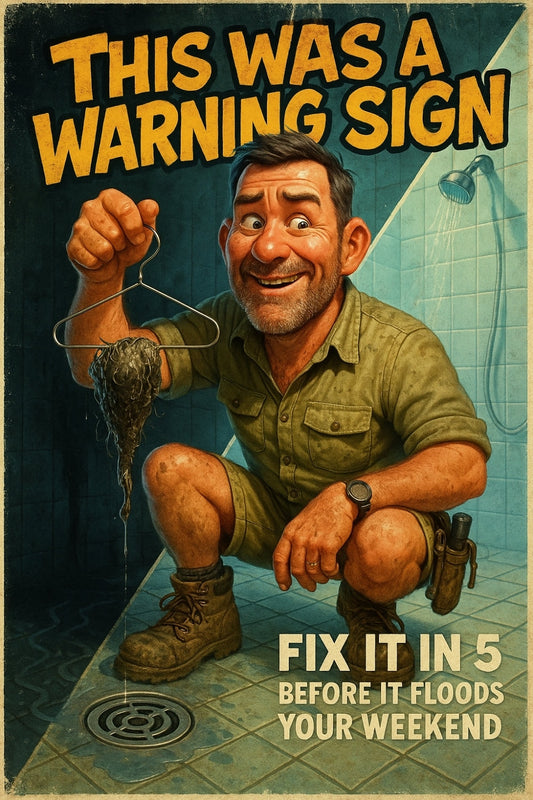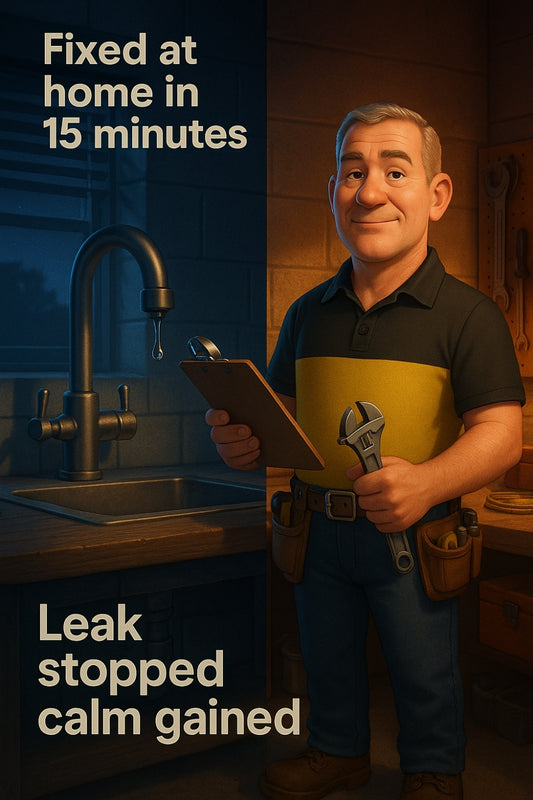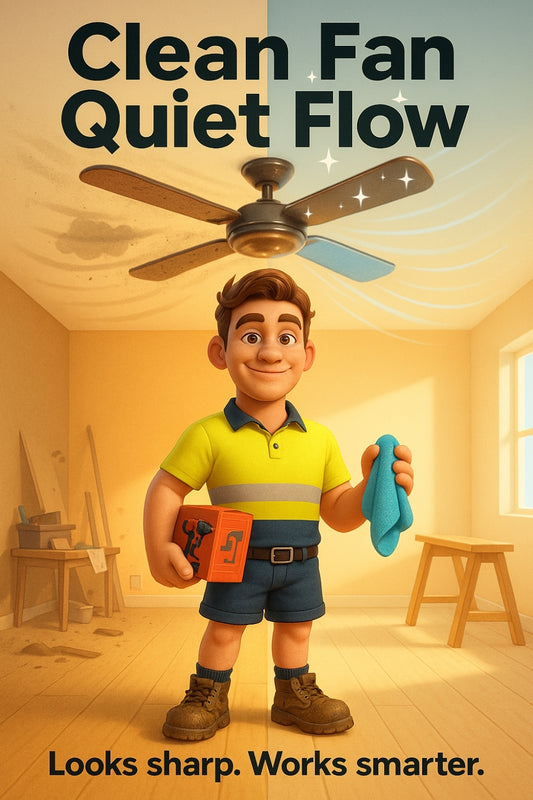How to Select the Right Screws and Anchors for Any Home Project
Share
The Right Screws and Anchors: A DIY Lifesaver for Any Project
Ever had a shelf tumble down in the middle of the night? Or a wobbly chair that makes you question your trust in furniture? The culprit is often the wrong screws or anchors. Choosing the right ones isn't just about holding things together—it’s about keeping your home projects safe and sturdy.
Understanding the Basics: Screws vs Anchors
Screws do the heavy lifting, gripping wood, metal, or plastic to hold things in place. Anchors step in when your screw needs more support, especially in materials like plasterboard or brick, where a screw alone just won’t cut it.
Types of Screws
- Wood Screws: Designed for—you guessed it—wood! They have a sharp tip and coarse threads to bite into timber.
- Machine Screws: Used with nuts or tapped holes, these are ideal for metal-to-metal connections.
- Self-Tapping Screws: Perfect for plastics and thin metal, these guys create their own threads as they go.
- Decking Screws: Made to resist rust, these hold outdoor decking boards in place.
- Drywall Screws: Specifically for securing plasterboard to framing. They have fine threads for a firm grip.
Types of Anchors
- Plastic Wall Plugs: The go-to for hanging picture frames and light shelving in plasterboard or masonry.
- Expansion Anchors: Spread inside the wall as the screw tightens, providing extra grip.
- Toggle Bolts: Designed for hollow walls, these open up behind the plasterboard for solid support.
- Concrete Screws: Strong enough to drill directly into concrete for heavy-duty applications.
- Sleeve Anchors: Common in brick or block walls, expanding sleeves provide rock-solid stability.
Picking the Right One for Your Project
Choosing the right combination of screw and anchor depends on the weight of the item you're fixing and the material you're fixing it into. Here’s a quick guide:
- For lightweight items (frames, clocks): Plastic wall plugs and simple wood screws do the trick.
- For shelves and curtain rods: Expansion anchors paired with the right screws create solid support.
- For heavy-duty items (TV mounts, cabinets): Toggle bolts, sleeve anchors, or masonry screws for absolute security.
Common Mistakes (and How to Avoid Them)
We've all been there—drilling away, thinking the job’s perfect, only to realise something's gone wrong. Here’s what NOT to do:
- Using the wrong anchor: Plasterboard doesn't stand a chance against a shelf without proper support.
- Choosing a screw that’s too short: If it doesn’t reach deep enough, it won’t hold.
- Skipping the pilot hole: For harder materials, drilling a small starter hole prevents splitting or cracking.
- Over-tightening: This can weaken the hold or even strip the hole, leaving you with a loose screw (and maybe a little frustration).
When in Doubt, Ask the Experts
DIY confidence is great, but sometimes, asking for advice can save you time and effort. Strathalbyn H Hardware has a team ready to help choose the right screws and anchors for your next project. Whether you’re putting up a bookshelf or tackling a bigger venture, the right tools make all the difference.
So, next time you're gearing up for a project, don’t just grab any screw out of the drawer. Pick the right one and build something that lasts!
Happy fixing!
Candeece

Stay Connected
Follow our Facebook Page: Strathalbyn H Hardware on Facebook

